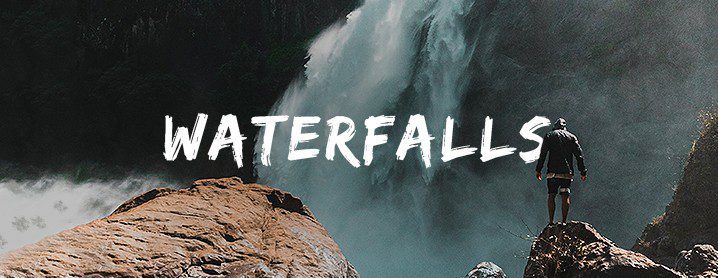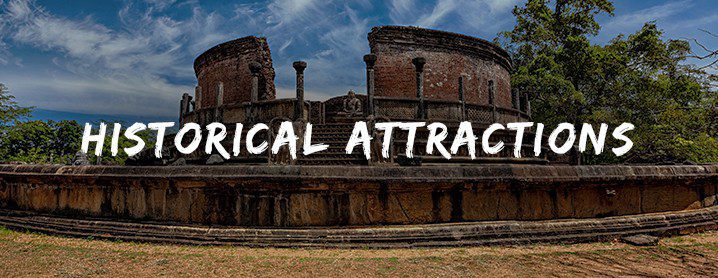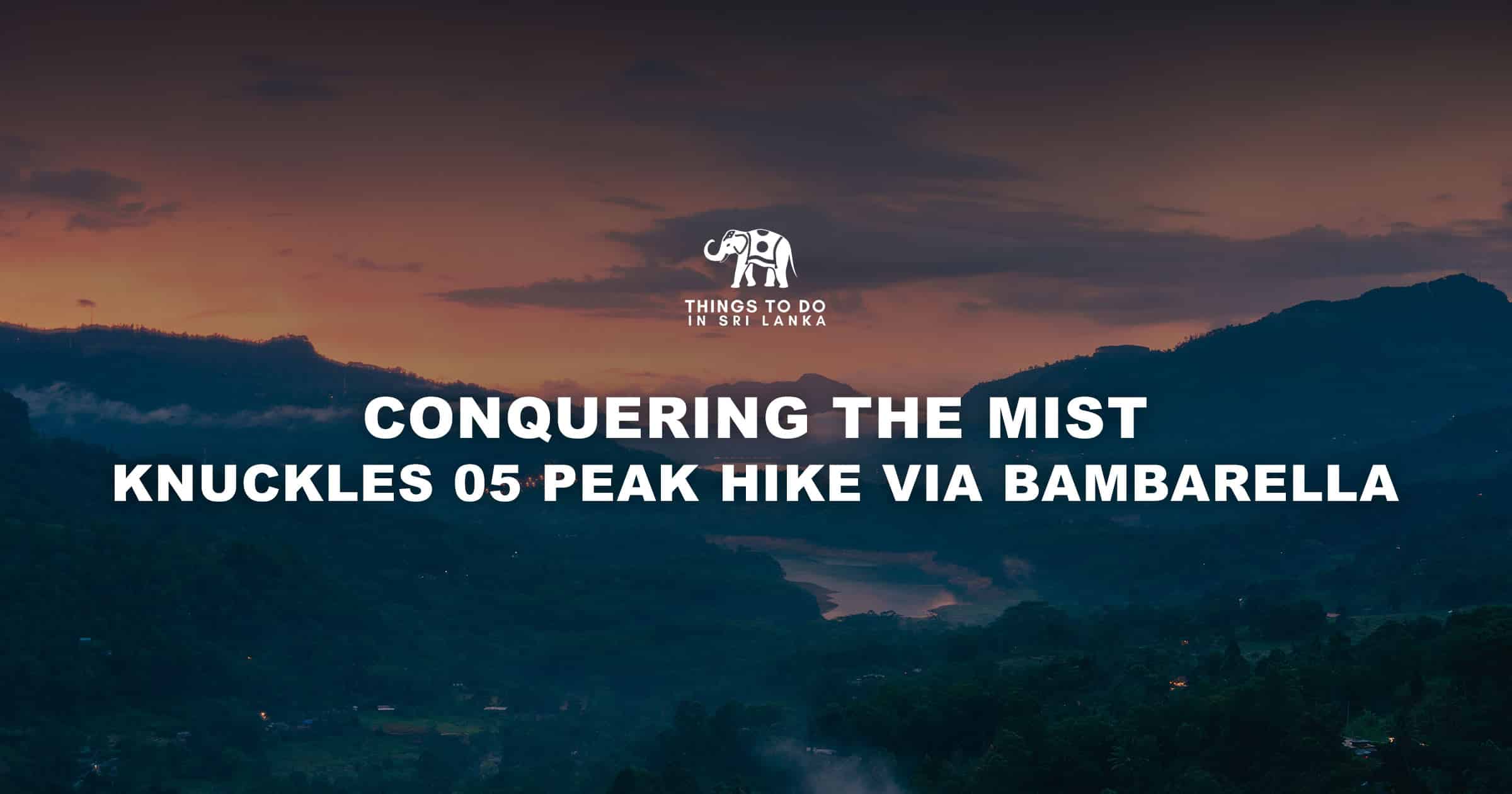
Sinharaja Rainforest in Sri Lanka
Sinharaja Rainforest is one of the most popular tourist attractions in Sri Lanka. This article contains information about this incredible destination so you will be able to enjoy a delightful tour in it.
About Sinharaja Rainforest in Sri Lanka
Sinharaja Rain Forest is a UNESCO World Heritage Site which is known to be the last viable remnant of Sri Lanka’s tropical lowland rainforest. The rainforest covers an area of 18,900 acres of land in the Sabaragamuwa and Southern Provinces of Sri Lanka.
Sinharaja Rainforest is of immense international significance. The national park has been designated a Biosphere Reserve by UNESCO. 60% of the trees found in the forest are endemic to Sri Lanka. Many of these species are considered to be quite rare too.
Climate of Sinharaja Rainforest
The annual rainfall in the Sinharaja Rainforest ranges between 3614 mm and 5006 mm according to reports collected over a period of 60 years. The forest receives rains from two monsoon seasons. The southwest monsoon season lasts between the months of May and July. The northeast monsoons occur between the months of November and January.
The average temperature in the Sinharaja Rainforest is between 19 and 34 degrees of Celsius.
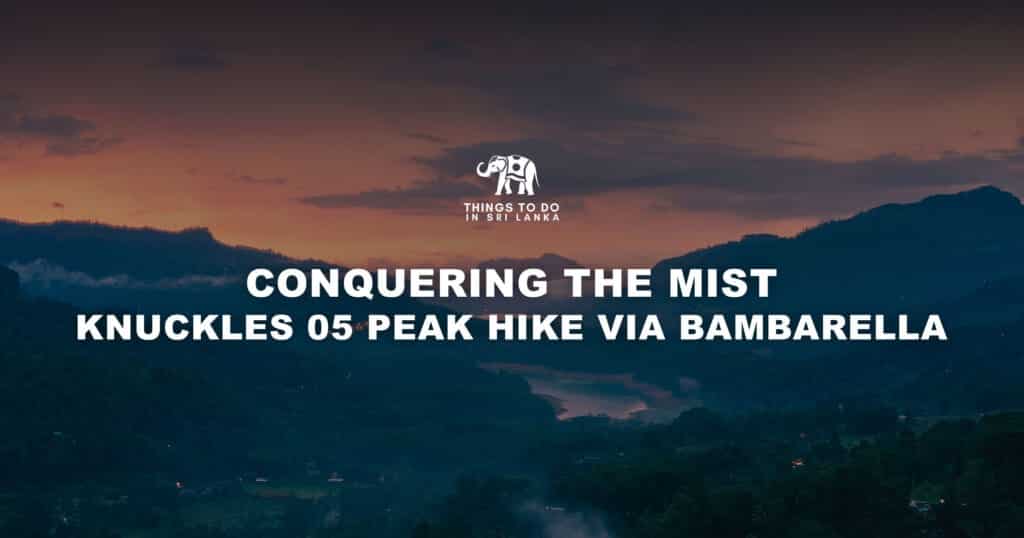
The five prominent mountain peaks Of Knuckles Mountain Range
Conservation Value of Sinharaja Rainforest
It is of paramount importance to conserve and protect the territories of this precious rainforest as it shelters many species of flora and fauna. A large number of these species are endemic to Sri Lanka too. Recent developments in the area have certainly played a part in creating devastation in the region. Steps surely have to be taken to mitigate the damages caused to the environment so that this beautiful rainforest will continue to sustain the eco system of the region.
Mammals, reptiles, amphibians and butterflies
As it was mentioned earlier, Sinharaja Rainforest is home to a large number of endemic species of flora and fauna. 8 of the 12 endemic species of mammals occur in this rainforest. Dusky-striped jungle squirrel, giant squirrel, badger mongoose, endemic purple-faced leaf monkey as well as toque macaque can be frequently seen in the territories of Sinharaja. Threatened species of mammals such as the leopard can also be seen here.
The reptiles of Sinharaja include pythons, endemic green pit vipers, endemic hump nosed lizards and rough-nose horned lizards.
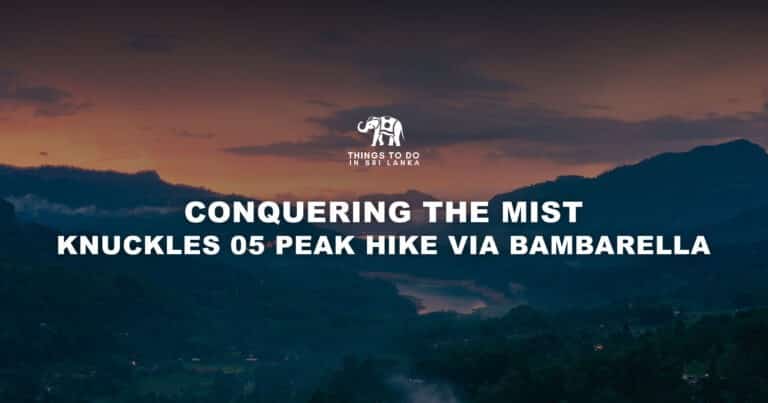
Blaaaaa Blaaa Blaaaaa

Blaaaaa Blaaa Blaaaaa

Blaaaaa Blaaa Blaaaaa

Blaaaaa Blaaa Blaaaaa
Birdlife in Sinharaja Rain Forest
Sinharaja Rainforest is a perfect place to witness the charm of birds in Sri Lanka. The birds here tend to move in mixed breeding flocks which is quite interesting. Of course, the forest has a large number of endemic bird species as well. Ceylon Hanging Parrot, Ceylon Grey Hornbill, Ashy-headed Laughing Thrush, Layard’s parakeet, Jungle fowl, Spur fowl, Ceylon Wood Pigeon, Brown- capped Babbler, Red-faced Malkoha and Ceylon Blue Magpie can be spotted here with great ease.

Blaaaaa Blaaa Blaaaaa Waterfall

Blaaaaa Blaaa Blaaaaa Waterfall

Blaaaaa Blaaa Blaaaaa Waterfall

Blaaaaa Blaaa Blaaaaa Waterfall
Sinharaja Rain Forest Trail Map
A – Kudawa Conservation Centre
B – Jeep track from Kudawa Conservation Centre to Kudawa Research Station
C – Mulawella peak
D – Kudawa Research Station
E – Gal Yen Yaya
F – Sinhagala Peak
G – Pitadenaya Conservation Centre
H – Pitadenaya Ticket Counter
I – Track from Mediripitiya to Pitadeniya Conservation Centre
J – Kohila Aramba
K – Kekuna Ella
L – Patan-oya Ella
M – Duwili Ella (Kosmulla)
N – Morningside Conservation Centre
O – Natural Pool
P – Duwili Ella (Morningside)
1 – Wathurawa-Mulawella
2 – From Kudawa Conservation Centre to Nawanda Tree
3 – From Sinhagala Trail to gal len yaya
4 – Sinhagala Trail from Kudawa
5 – Kohila Aamba Trail
6 – Kekuna Ella and Pata-oua Ella Trail
7 – Sinhagala Trail from Pitadeniya
8 – Duwili Ella Trail from Denuwakanda
9 – Duwili Ella Trail from MCC
10 – From Morningside to the natural pool
11 – Trail from Kosmulla via Duwili Ella to Siththara gal lena (cave)

Blaaaaa Blaaa Blaaaaa Waterfall

Blaaaaa Blaaa Blaaaaa Waterfall

Blaaaaa Blaaa Blaaaaa Waterfall

Blaaaaa Blaaa Blaaaaa Waterfall
Nature trails of Sinharaja Rain Forest
There are two main trails that one can take when traversing through Sinharaja Rainforest. One trail leads to Moulawella and the other reaches the zenith of the Sinhagala. Both trails begin at the Kudawa Conservation Centre. No matter which trail you choose, you will be able to enjoy the breath-taking beauty of the rainforest! The winding trails are flanked by the emerald sheen of the dense forest. The arms of majestic trees interlace on top, creating a cooling canopy which makes the trek even more delightful. Flying overhead are large numbers of birds. If you take a minute to pause and take in the splendour of the rainforest, you will get the chance to witness some of these precious winged beings too. There are small streams and ponds lying here and there in the trails, glistening alluringly. Of course, you will have to keep an eye out for pesky leeches as you embark on these trails!

Sinhagala Nature Trail
Trailhead: Entrance to the protected area, Kudawa Conservation Centre, Weddagala, Kalawana
Trail end: Sinhagala Peak
Length of the trail: 2.4 km
Rise in elevation gain along the trail: 300m at Trail Head: 473m at Trail End
Approximate time: 5-7 hours
Hiking Season: Best months are December to April
Mulawella Nature Trail
Trailhead: Entrance to the protected area, Kudawa Conservation Centre, Weddagala, Kalawana
Trail end: Mulawella Peak
Length of the trail: 2.4 km
Rise in elevation along the trail: 457m at Trail Head to 758m at Trail End
Approximate time: 1-2 hours
Hiking Season: Best months are December to April
Mountain Peaks of Sinharaja Rain Forest
|
Mountain
|
Height
|
|---|---|
|
Hinipitigala Peak
|
1,171 m
|
|
Dotugala Peak
|
769 m
|
|
Mulawella Peak
|
760 m
|
|
Kosgulana
|
797 m
|
|
Hinipitigala West
|
1170 m
|
|
Hinipitigala East
|
1168 m
|
|
Pathinigala
|
605 m
|
|
Sinhagala
|
742 m
|
|
Tibbotagala
|
904 m
|
|
Kohilarambe
|
757 m
|
If you are not sure of the trails you should never attempt to explore them without the help of a seasoned guide. You will be able to obtain information about the best tour guides in Knuckles Mountain Range from the hotel that you are planning to stay at.
Be sure to leave the place as you found it. Don’t litter the forest even when you are camping. Bring along your own garbage bags and collect the discarded items before you leave. You can dispose of those items once you reach home or the hotel that you are staying at. You should never destroy or harm the natural beauty of the place in anyway. Understand that the forest belongs to the animals and respect their territories. You can take back beautiful memories and incredible photos of the place!
Rivers of Sinharaja Rain Forest
- Koskulana Ganga
- Maha Ganga
- Kudawa Ganga
- Maha Dola
- Pitakele Ganga
- Gin Ganga
- Kalukandawa
- Gin Ganga
- Napala Dola
- Aranuwa Dola



